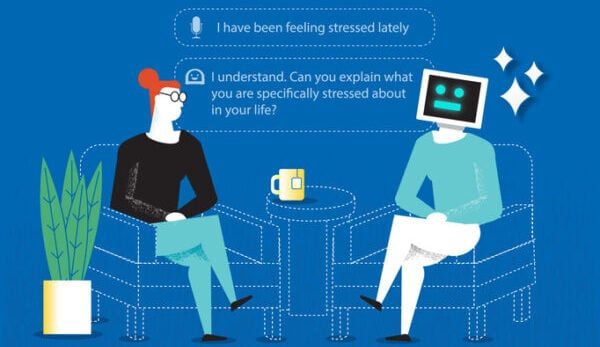There is a recent story by The Associated Press, A list of mass killings in the United States since January, stating that “The 40-year-old man identified as a person of interest is a firearms instructor trained by the military and was recently committed to a mental health facility, according to a state police bulletin.” He was found dead on Friday night.
What map of the mind can institutions that care for people living with mental disorders use to place and project the state of individuals against tragic outcomes?
To map the brain, where should the focus be from which all functions operate? Electrical and chemical impulses.
The human brain is complex, but what makes it special is the mind. The human mind is proposed to be the collection of all the electrical and chemical impulses of nerve cells, with their features and interactions.
Thoughts, memory, emotions, motion, feelings, regulation, sensations, perceptions and everything else are all mechanized by impulses.
Brain science has established that clusters of neurons work together, for functions. It is postulated that what makes the clusters adapted is the formation of their electrical and chemical impulses, in sets or loops.
This is an opportunity for mental health facilities towards better care, understanding and support for patients and loved ones.
Conceptually, formations for impulses are how information is organized. This formation is often distributed. Simply, a word, an emotion, a feeling are formations.
One risk in mental disorders is where this distribution goes. Sometimes the formation that should have a certain ration does not, then with that inaccuracy, gets distributed, causing the wrong action because other loops or sets of impulses, got the wrong thing.
Also, since the sense of self, intent, free will and prioritization [or attention] are within formations, the deficiency affects those, causing detachment, loss of control and inversion of attention and awareness, even when doing an action.
All mental disorders have parallels of impulses, electrical and chemical. For schizophrenia, with delusions and hallucinations, how do the features of electrical impulses change, as well as those of chemical impulses, where and to what directions do they get distributed?
The same question applies to bipolar disorder, major depressive disorder, anxiety disorder, panic attacks and so forth.
How can these be on screens, in their common rooms? On mobile phones of loved ones and caregivers? And to some of those affected?
How can there be approximation, for likelihoods, depending on where distribution is observed to be going? What is possible, for the individual as an observer of the mind to watch for, when say A is going to U?
This could be a likely path towards checking the convoluted problem of mental disorders to prevent slips against the worse.
Within some impulses is free will, it is possible to extrapolate those, including of some thoughts where they present and others like intrusive thoughts and thought disorder where they are missing, to rate their reach.
—
iStock image
The post Gun Violence: Does Mental Illness Obscure the Free Will of Mass Shooters? appeared first on The Good Men Project.
Original Article










